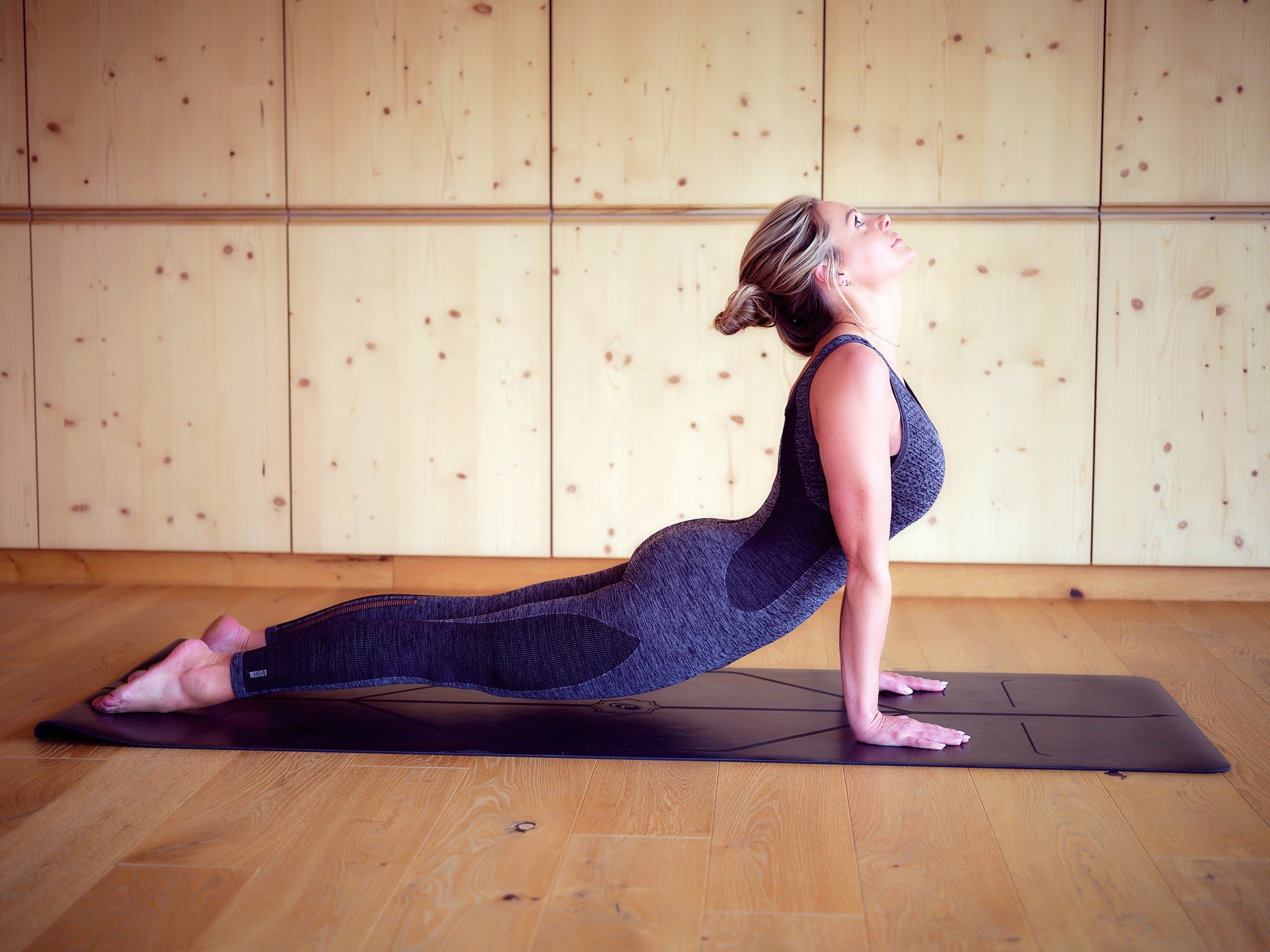Courage, Chakras, and Yoga: A harmonious connection
Courage, a quality that enables individuals to confront fear and adversity, can be found through practicing yoga by activating and connecting our chakras within the body. In yoga philosophy, our chakras, or energy wheels, play a vital role in balancing the physical, mental and spiritual dimensions of our being.
The seven main chakras, aligned along the spine, are believed to be swirling wheels of energy that govern specific aspects – such as our qualities and emotions. When these energy centres are in harmony, they contribute to a balanced, happy and courageous life.
The first chakra, known as the Muladhara or the Root Chakra, is linked to our sense of security and stability. Just as a tree needs strong roots to stand tall, an individual requires a solid foundation to cultivate courage. Through yoga poses that ground and stabilize, such as Tadasana (Mountain Pose) and Virabhadrasana I (Warrior I), the Muladhara chakra is nurtured, fostering a sense of safety and courage to face life's challenges.
Moving up the spine, the second chakra, Svadhisthana or the Sacral Chakra, is associated with creativity and passion. Yoga practices that awaken and balance this chakra, such as hip-opening poses like Baddha Konasana (Bound Angle Pose) and hip circles in dynamic sequences, help individuals tap into their creative potential.
The Manipura or Solar Plexus Chakra, located at the navel, is the third energy centre associated with personal power and will. Poses like Navasana (Boat Pose) and twists are thought to stimulate this chakra, fostering a sense of confidence. The fire element associated with Manipura fuels the inner strength needed to navigate life's challenges with resilience.
The Anahata or Heart Chakra, situated at the centre of the chest, is the fourth chakra associated with love and compassion. Heart-opening poses such as Ustrasana (Camel Pose) and Bhujangasana (Cobra Pose) help release pent-up emotions and open the heart to love and courage. True courage often stems from a compassionate and open heart.
The Vishuddha or Throat Chakra, the fifth energy centre, is linked to communication and self-expression. Courage is required to speak one's truth and practices that balance this chakra, such as Halasana (Plow Pose) and shoulder stand variations, support authentic expression.
The Ajna or Third Eye Chakra, located between the eyebrows, represents intuition and insight. Balancing this chakra through meditation and pranayama enhances clarity of thought, providing the courage to trust one's inner wisdom and make informed decisions.
Finally, the Sahasrara or Crown Chakra, at the top of the head, connects us to higher consciousness. Practices that cultivate a sense of unity and transcendence, such as meditation and inversions, can inspire courage by expanding one's perspective beyond the limitations of the ego.
By aligning and balancing the chakras through yogic practices, one can cultivate the courage to embrace life authentically, navigate challenges with resilience and tap into the limitless wellspring of inner strength and wisdom.
Yoga is tool for the body as well as your mind and spirit.
Transform your life through the practice of Yoga.
